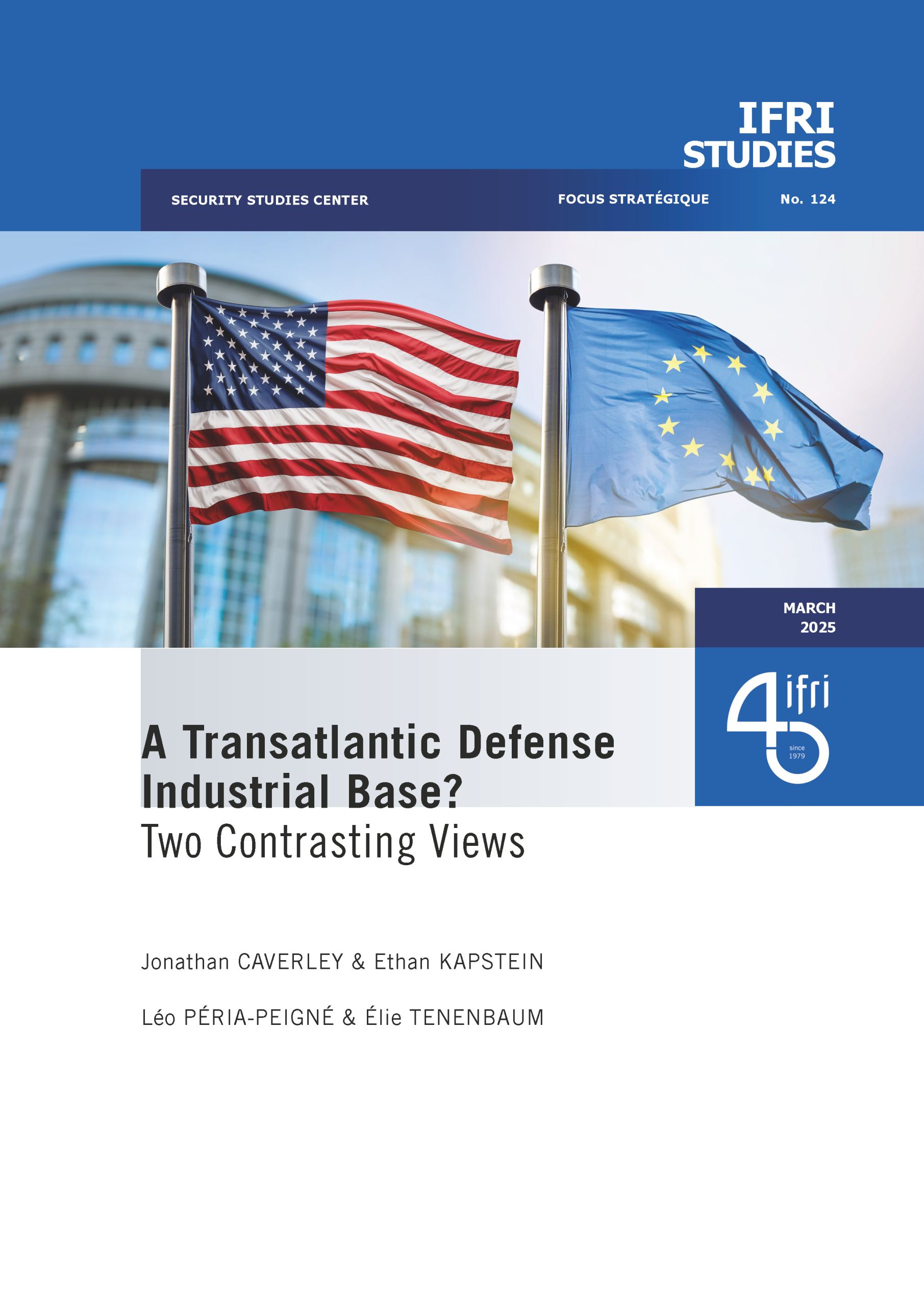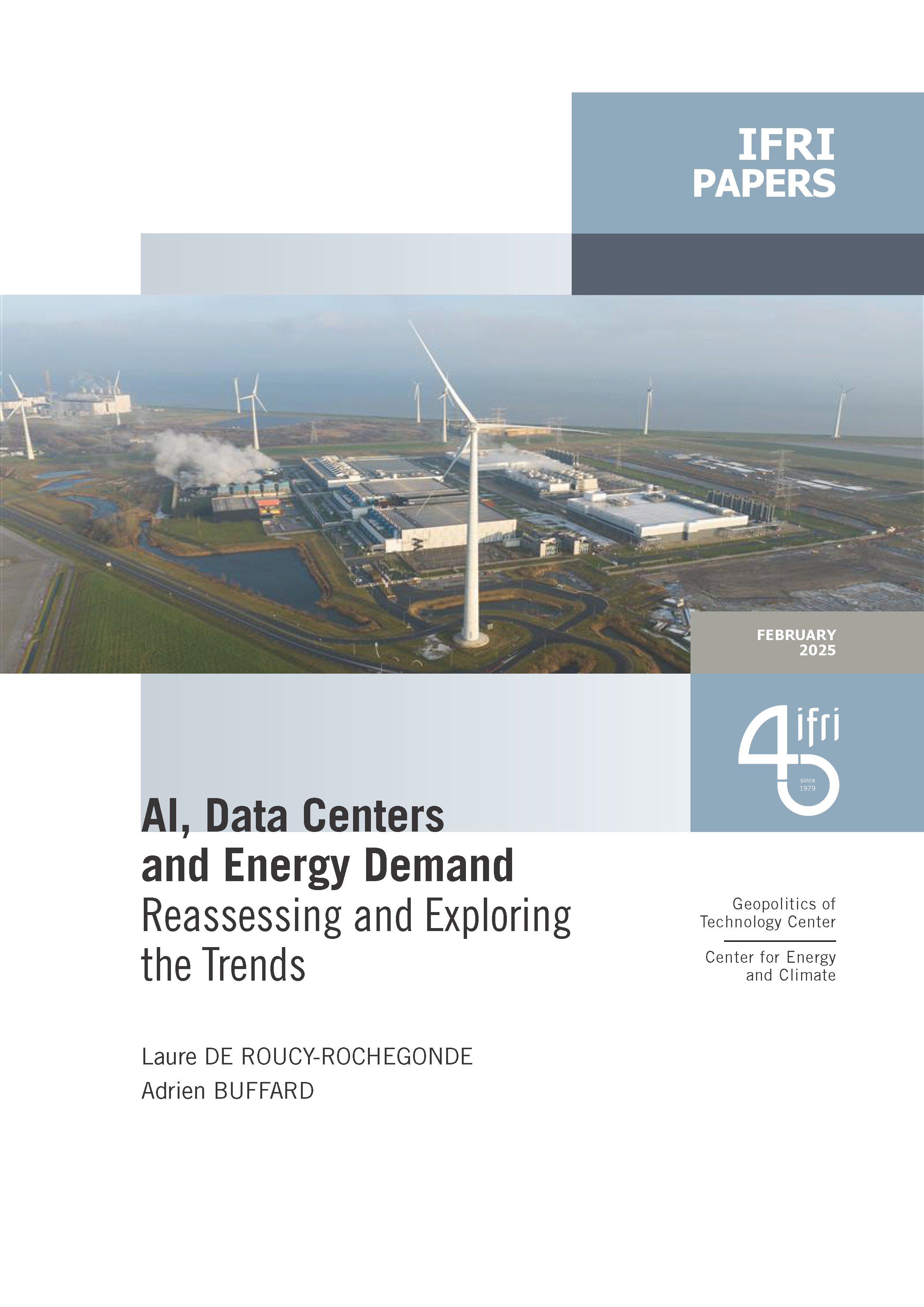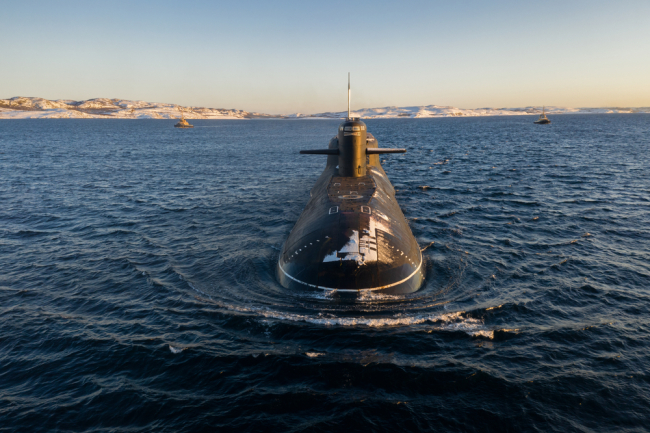No Longer a Middle Power: Australia’s Strategy in the 21st Century

Confronted with a strained strategic environment and a relative decline of its resource base, Australia is currently going through a historical shift of its global status.

The country is heading towards a normalization of its approach to the world, realigning its capabilities with its strategic priorities on two different scales. While, for much of the 20th and 21st century, Australia aimed at being a “global middle power”, Australia is now clearly willing to turn into a “regional power”. It is thus relocating its core national interests towards the “inner ring”, i.e. the South Pacific and maritime Southeast Asia, and to a lesser extent, its “outer ring”, i.e. the Indo-Pacific and the wider world. This will translate into capability choices for the three Australian services, as each of them undergoes a deep shift in its operational horizon. The normalization of Australia will also impact its political strategy, as it seeks to balance the Chinese and American influences through trade and strategic partnerships across the Indo-Pacific area.
Download the full analysis
This page contains only a summary of our work. If you would like to have access to all the information from our research on the subject, you can download the full version in PDF format.
No Longer a Middle Power: Australia’s Strategy in the 21st Century
Related centers and programs
Discover our other research centers and programsFind out more
Discover all our analysesThe Franco-German Brigade and the Revival of European Defense
One thing has been clear since Donald Trump's return to the White House: the very existence of the European unification project is threatened. Unless it develops a sovereign defense policy to counter the war in Ukraine and the weakening of American security guarantees, the European Union will continue to see its internal cohesion and external attractiveness wane.
Taking the Pulse: Can Europeans Build Their Independent Extended Nuclear Deterrent?
Confronted with a U.S. disengagement and the Russian threat, Europeans are reconsidering their stance on nuclear deterrence. Given the capabilities of the French and British arsenals, can Europe develop an independent nuclear deterrent?

RAMSES 2024. A World to Be Remade
For its 42nd edition, RAMSES 2024 identifies three major challenges for 2024.
A Transatlantic Defense Industrial Base? Two Contrasting Views
The evolving landscape of global defense cooperation has brought the transatlantic relationship between the United States (US) and Europe into sharp focus. As geopolitical tensions rise and the threat environment becomes more complex, the question of how Europe can best ensure its security while navigating its relationship with the United States has become paramount. This double feature report offers two contrasting views on the dynamics of US-Europe defense industrial relations, highlighting the challenges and opportunities that lie ahead for both parties.








